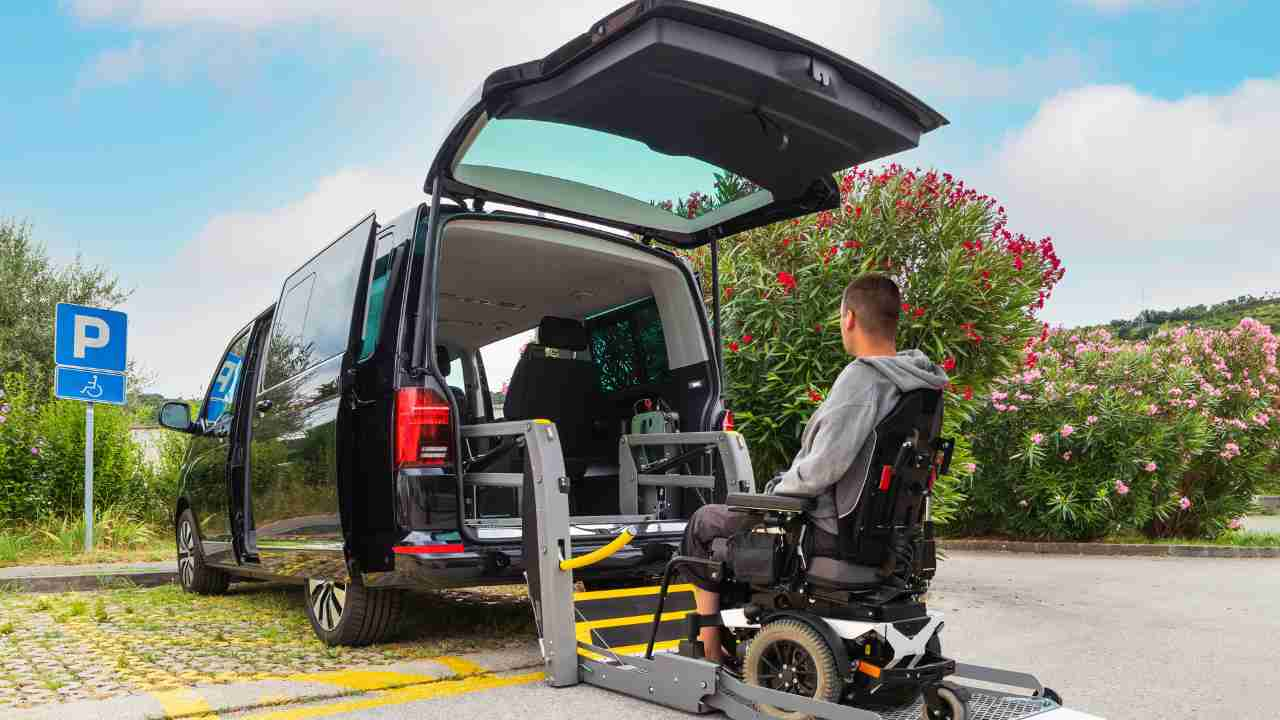ADA Guidelines for Paratransit Services: Ensuring Compliance

Ensuring compliance with the Americans with Disabilities Act (ADA) is critical for operating a paratransit service. The ADA outlines specific requirements to guarantee equitable and accessible transportation for individuals with disabilities. Below, we delve into the key areas of ADA compliance, with detailed information, resources, and examples of organizations and companies leading the way.
Understanding ADA Requirements
What is the ADA?
The ADA is a federal law enacted in 1990 to prevent discrimination against individuals with disabilities. Title II of the ADA specifically mandates that public transportation systems, including paratransit services, must be accessible and provide equitable service to eligible individuals.
Visit the ADA National Network (https://adata.org/) for comprehensive resources and legal guidance on ADA compliance for transportation services.
ADA and Paratransit Services
Paratransit services must provide complementary transportation options for individuals who cannot use fixed-route public transportation. This includes offering comparable levels of service, operating within the same service areas and hours, and accommodating eligible riders.
The Federal Transit Administration (FTA) (https://www.transit.dot.gov/) oversees ADA compliance for transportation services and offers detailed guidelines on paratransit requirements.
Key ADA Compliance Areas
Eligibility Criteria
ADA guidelines require paratransit services to determine eligibility based on specific criteria:
Individuals with physical or cognitive disabilities that prevent them from boarding, riding, or disembarking from standard public transportation.
Persons who require an accessible vehicle when the fixed-route system cannot provide one.
Individuals who cannot independently navigate the transit system due to their disability.
Service Area and Hours
Paratransit services must operate within a three-quarter-mile radius of fixed-route systems and during the same hours. This ensures accessibility to all individuals within the covered area.
Transit authorities like the New York City Metropolitan Transportation Authority (MTA) (https://new.mta.info/) implement these standards to maintain compliance and provide equitable service.
Fare Policies
ADA regulations stipulate that paratransit fares cannot exceed twice the fixed-route fare for a comparable trip. This ensures affordability for riders who rely on paratransit services.
Companies like Transdev (https://www.transdevna.com/) support transit agencies in setting and managing fare policies in line with ADA requirements.
Accessibility Features
ADA-Compliant Vehicles
Paratransit vehicles must be equipped with features that ensure accessibility, including:
Wheelchair lifts or ramps.
Securement devices for wheelchairs.
Adequate space and safety measures for passengers with mobility aids.
Organizations like MobilityWorks (https://www.mobilityworks.com/) provide ADA-compliant vehicles and retrofitting services to meet these requirements.
Accessible Communication
Transit agencies must provide information in accessible formats, such as large print, Braille, or audio recordings, to accommodate individuals with visual or auditory impairments.
The American Printing House for the Blind (https://www.aph.org/) offers resources for creating accessible materials that align with ADA standards.
Driver Training and Sensitivity
Passenger Assistance Training
Drivers must be trained to assist passengers with disabilities, including:
Operating lifts and securement devices.
Providing guidance and support for visually or cognitively impaired passengers.
The Community Transportation Association of America (CTAA) (https://www.ctaa.org/) offers certification programs, such as the Passenger Assistance Safety and Sensitivity (PASS) course, to ensure drivers meet ADA standards.
Emergency Response Preparedness
Drivers should also be equipped with emergency response training, including first aid and CPR certification. The American Red Cross (https://www.redcross.org/) provides courses tailored to transportation professionals.
Monitoring and Reporting
Regular Audits
Transit agencies must conduct regular audits to ensure ongoing compliance with ADA guidelines. This includes reviewing eligibility processes, vehicle maintenance records, and driver training programs.
Complaint Resolution
ADA requires transit agencies to establish procedures for addressing and resolving complaints related to accessibility and service quality. Transparent processes and prompt responses are key to maintaining compliance.
The FTA’s Office of Civil Rights (https://www.transit.dot.gov/) provides guidance on setting up effective complaint resolution systems.
Meeting ADA guidelines for paratransit services is essential for providing equitable and accessible transportation to individuals with disabilities. From eligibility criteria and accessible vehicles to driver training and monitoring, each aspect plays a vital role in ensuring compliance. By partnering with specialized organizations and leveraging available resources, transit providers can uphold the principles of the ADA and foster inclusivity in their communities.
Ready to unlock the potential of smarter transportation planning? Book your demo now and explore how our scheduling software can elevate your operations.
ABOUT THE AUTHOR
MIKE B.
Mike is a seasoned transportation consultant and technology advocate. Drawing from years of experience in the transportation industry, Mike bridges the gap between innovative software solutions and practical implementation strategies. His articles focus on the transformative power of software for organizations that deliver transportation options for the elderly, special needs and disabled communities. Outside his writing endeavors, Mike enjoys exploring the landscapes of Costa Rica and advocating for sustainable transportation initiatives.
Recent Comments